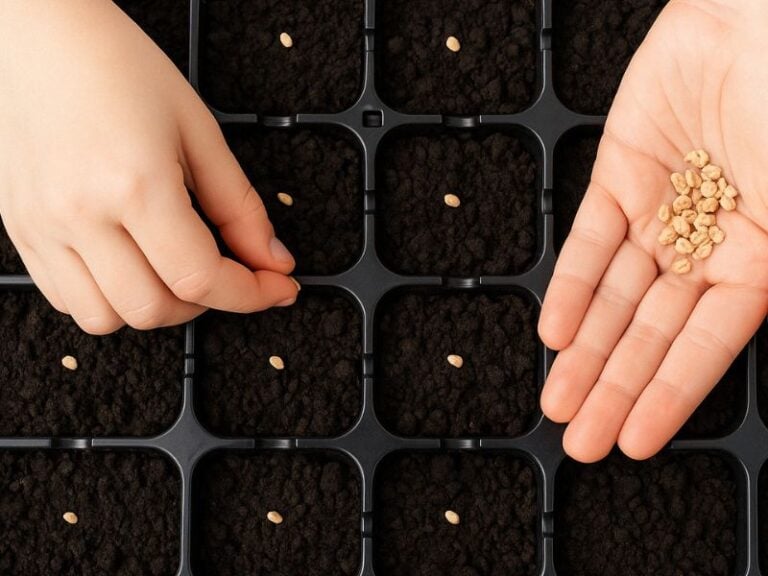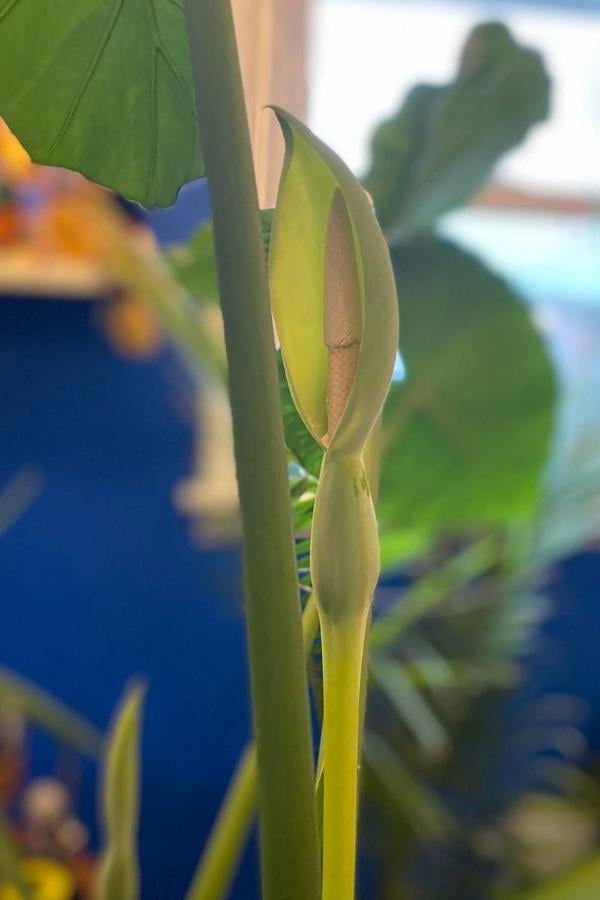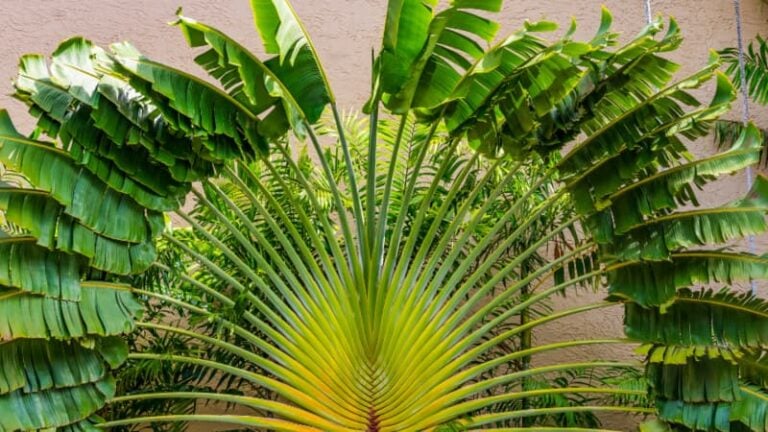Are you having trouble getting your Hoya plants to flower? You are not the only one feeling this way. This is a situation that many Hoya fans can relate to.
I know the secret to why your Hoyas aren’t flowering and, more importantly, how to make them bloom again.
Contents
How Long Does It Take a Hoya to Bloom?
The development of the plant’s other parts, such as its leaves, stems, and roots, takes priority over the production of flowers. Then, when they’re old enough, they bloom and produce fruit to start a new generation.
Hoyas have difficulty blooming because they need to be large before they sense the need to do so. Therefore, it is commonly believed that a Hoya vine won’t produce flowers until it reaches a length of at least 3 feet (1 meter).
However, this is merely a rule of thumb, and a vine can get 3 feet (1 meter) in length without producing flowers for as long as five years.
The flowering time for a hoya grown from a seed with a 4-inch (10-cm) vine is around three to four years. However, the time it takes to bloom depends on the individual, so it could be quite a while before that happens.
The Reasons Why Hoyas Don’t Flower and Solutions
1- Hoya Flowers Continually Appear on The Same Stem
Repeated pruning of a hoya can cause it to go for extended periods without flowering, as the plant blooms from the same flower stalk each time.
Therefore, do not prune the plant while it grows; wait until it blooms.
Although young Hoya vines appear reddish-purple, they eventually mature to green.
Since the vine spreads quickly and out of control, it is best to use a ring post or other attractant method as soon as possible.
You can expect to see hoyas in full bloom between June and September. However, the flowering stems should be left intact if you need to prune the vine because it has become overgrown.
2- Low Light Levels Negatively Impact Hoya’s Ability To Bloom
Flowering in hoyas requires them to reach a specific size before they open, so preventing their growth can prevent them from blossoming. So, to get the Hoya to flower, it is vital to help the plant grow.
As leaf scorch can occur if hoya plants are exposed to direct sunlight, they are better off in a partially shaded indoor environment.
However, remember that hoya plants require light to grow, so if you keep them in the dark place all year round, they may never bloom.
When the sun is strongest (spring through fall), keeping the Hoya out of its direct rays is best. However, during the winter months, when leaf burn is less likely to occur, direct sunlight can stimulate flowering.
On the other hand, Spotted Hoyas can suffer from leaf burn if placed in direct sunlight, so they require indirect lighting.
3- Hoyas Thrive When Repotted Frequently
Generally, Hoya should be replanted roughly every two to three years. Root clogging and stunted development result from not replanting frequently enough.
If you don’t repot your Hoya, it will suffer from growth retardation and produce few or no flowers.
Hoya plants that grow well usually bloom after three to four years. If a hoya hasn’t blossomed in over five years, it probably hasn’t been repotted. Repot them into a bigger container if this is the case.
Repotting your Hoya in early spring, between April and June, is ideal. A fertilizer with a slightly higher amount of phosphoric acid is recommended during the growing season (spring through fall) to produce flowers and fruits.
4- Diseases
If your Hoya suffers from the effects of any of the following diseases, it will have difficulty blooming.
Rot
The shoots become soft and shriveled, change color, and rot due to this fungal disease.
Cut off diseased shoots and treat the wounds with activated charcoal if the fungus hasn’t spread to other parts of the plant. Remove some of the soil from the container and replace it with charcoal.
The plant cannot be saved if the fungus has spread throughout it. To keep the fungus from growing, water it according to the schedule and not let the soil get too wet.
Chlorosis
If chlorosis sets in, photosynthesis will be slowed or stopped altogether. The leaves lighten in tone, turning a pale yellow and developing white spots.
The plant becomes weaker and appears sick. Chlorosis occurs due to essential nutrients like iron.
You need to spray it with a chelated iron solution. It is more effective to spray in leaves rather than giving in root zone like watering. The leaves can absorb the cheated iron directly and recover from chlorosis.
Alternaria Leaf Spot
The fungus attacks the plant’s lower leaves first and then moves upwards. It shows up when there are frequent changes in temperature and humidity.
Taking off sick leaves and treating the plant with copper-containing fungicides is important.
Sooty Mold
It prevents the plant from taking in oxygen by blocking its pores. As a result, a dry film appears on the leaves as the fungus spreads.
To treat the mold film, remove it, wash the leaves in soapy water, and apply fungicides.
Brown Spot (Phyllosticosis)
Dark spots appear on leaves, then spread and dry out the leaf, causing it to become thin and brittle. Apply a fungicide solution to the root system before replacing the soil in the pot.
Then rove the sick leaves and spray the entire plant with a fungicide solution.
5- Too Big of a Pot for Hoya
Small pots work well for Hoya. The plant’s root system must spread out and fill the entire area.
That’s why it’s best only to transplant mature plants very infrequently, giving their roots plenty of time to establish themselves in their new home.
The pot for an adult plant should be 6-8 inches (15-20 cm) in diameter. The best place for a hoya is a small pot.
Practical Tips for Making Your Hoya Bloom
I’ve talked to some experienced flower gardeners, who’ve told me things that will help people just starting.
For example, if you want your Hoya to bloom, you can do one of three things: give it a water bath, let the soil dry out, or apply a stimulating top dressing.
Soaking in Water
Use a water bath to get the plant to bloom. First, put the pot into a larger container with water heated to 86 ℉ 30 °C, ensuring the entire root system is submerged.
Let it sit for about 30 minutes, then put the plant’s shoots in the container for 1 hour.
Soil Drying
Keep the container in a dry, warm place during the winter to prevent the soil from becoming waterlogged. Also, ensure the plant is healthy, and the leaves aren’t turning black.
To speed up the drying process, take the pot to an east-facing window once the soil is halfway dry. In the spring, the plant will bloom profusely with many buds.
Fertilizer Stimulants
Some flower gardeners use stimulating fertilizers to make the hoya bloom. These stimulants increase the plant’s immunity and resistance to infections.
As a result, plants begin to grow more actively and bloom earlier and more abundantly after fertilization.
Use a liquid nitrogen-rich liquid fertilizer to promote leafy growth and one high in phosphorous to encourage blooming.
This table will help you stick to the schedule to provide optimal hoya conditions.
○ is the right time, ● is the best time
Key Takeaways of Hoya Blooming Tips
- Water the soil only after it has dried out. Significantly reduce watering during Fall-winter.
- In summer, water and spray the plant more. The Hoya will bloom abundantly in spring if you dry the potting soil during winter.
- Hoya grows well in dry air but needs regular spraying to bloom.
- The ideal range for the plant’s temperature is between 64 and 77 °F (18-25 °C) in the summer and 59 degrees (15 °C) and a bit higher in the winter.
- Place your Hoya facing south in winter to get enough light. A daylight lamp requires at least 10 hours of light in winter.










